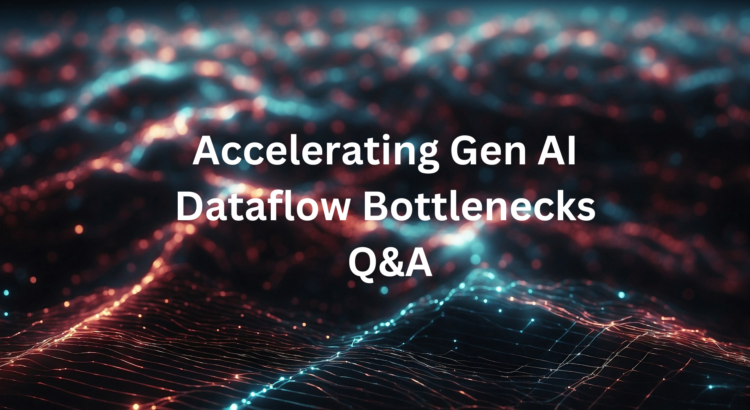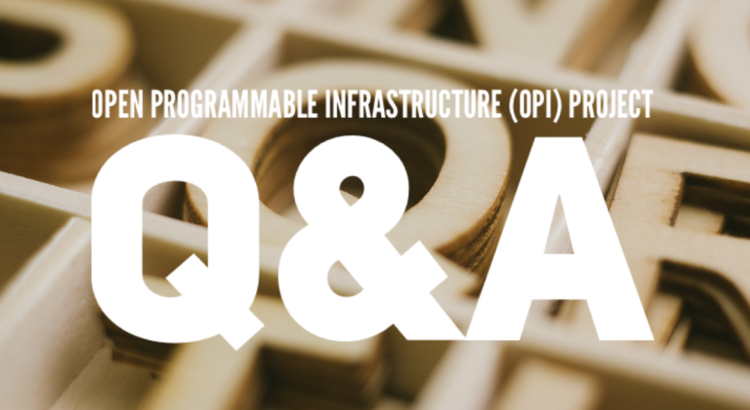Generative AI is front page news everywhere you look. With advancements happening so quickly, it is hard to keep up. The SNIA Networking Storage Forum recently convened a panel of experts from a wide range of backgrounds to talk about Gen AI in general and specifically discuss how dataflow bottlenecks can constrain Gen AI application performance well below optimal levels. If you missed this session, “Accelerating Generative AI: Options for Conquering the Dataflow Bottlenecks,” it’s available on-demand at the SNIA Educational Library.
We promised to provide answers to our audience questions, and here they are.
Q: If ResNet-50 is a dinosaur from 2015, which model would you recommend using instead for benchmarking?
A: Setting aside the unfair aspersions being cast on the venerable ResNet-50, which is still used for inferencing benchmarks 😊, we suggest checking out the MLCommons website. In the benchmarks section you’ll see multiple use cases on Training and Inference. There are multiple benchmarks available that can provide more information about the ability of your infrastructure to effectively handle your intended workload. Read More




